
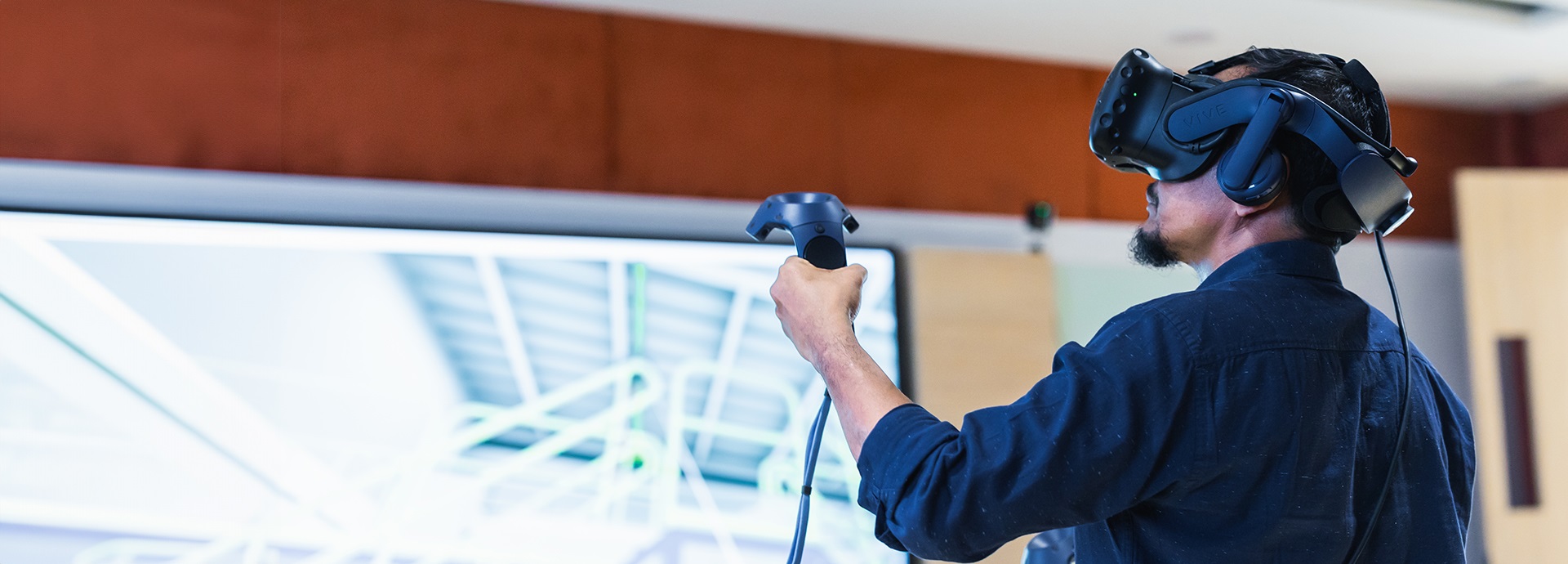
When you think of training, what do you picture? A dull classroom or tedious online session? It’s time to reimagine training with virtual reality (VR) – an engaging, interactive and effective way to learn that helps people pick up skills faster and makes training more fun. Here are 10 intriguing pictures that show the magic and the benefits of training with VR.
If you could reimagine training, what would you like to see? Less travel perhaps, or more hands-on practical work? VR can revolutionise the way we approach training by creating a sense of engagement that leads to better retention, faster skill acquisition and a more enjoyable learning experience. These pictures give you a glimpse what it’s like behind the VR headset – as well as 10 intriguing benefits of VR training that you might not have thought about.
1. Attend training from different locations
One of the downsides of traditional training is the cost and hassle of travel. With VR training you only need to go as far as your local VR-equipped training centre – crew from all over the world can work and learn together in the same virtual environment even when they’re in different training centres. This is great for customers with small teams joining from different locations.
In the future it will be possible to train wherever you are in the world, without any travel at all. This picture shows Emran, Rashani and Atique sitting in the virtual lobby listening to the instructor giving theoretical training before the hands-on activities begin.
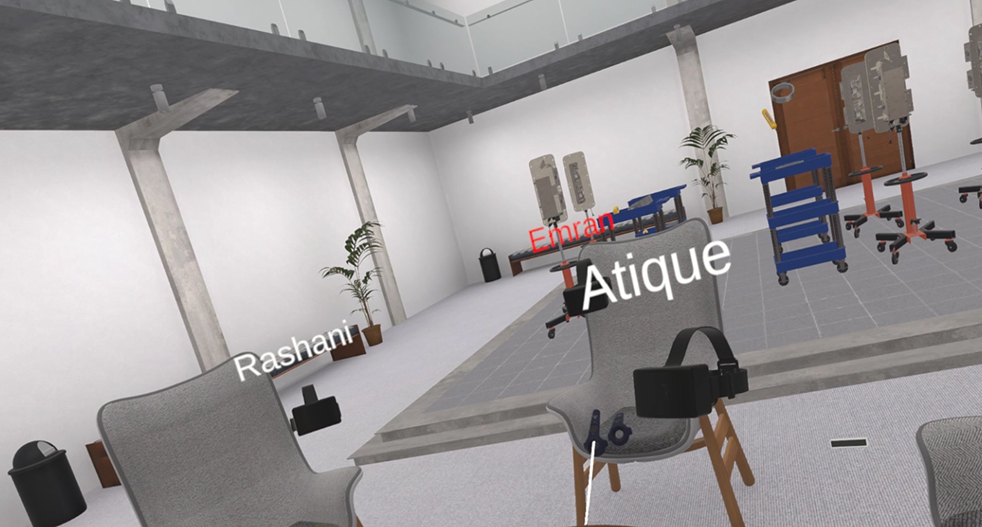
2. Learn new equipment – without the equipment
If you want to learn how to use equipment that you don’t have on-site – or equipment that isn’t yet available – you can get a head start with VR. This can save you a significant amount of time. VR can replicate every detail of the engine or engine system you’re working on, helping you to feel confident when you work with the real-world equipment. This picture shows participants removing the exhaust gas pipe bellows from a Wärtsilä 25 dual-fuel engine.
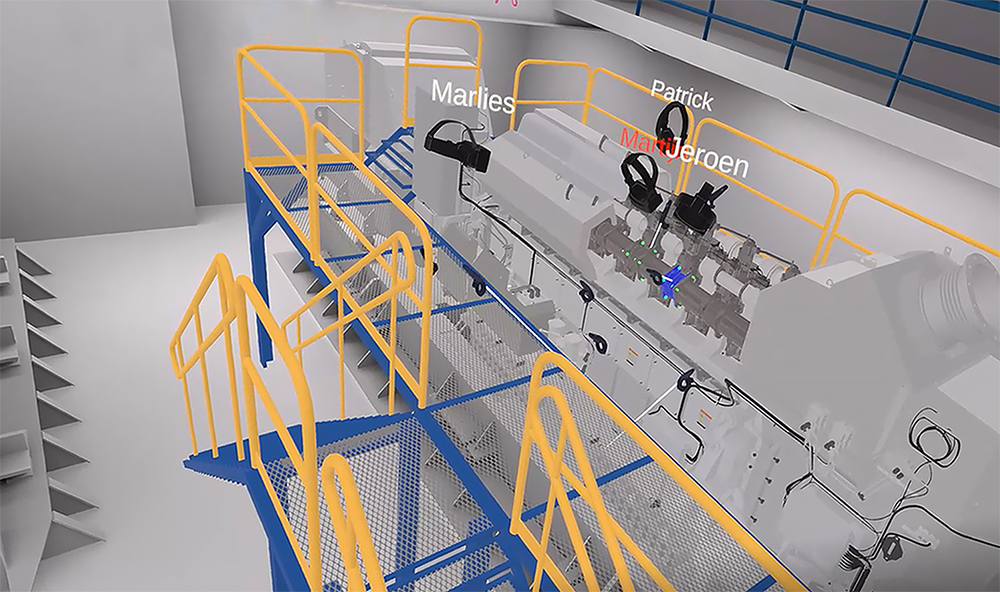
3. Train for any scenario safely
Because there is no risk of accident or injury in a VR environment, difficult and dangerous scenarios can be rehearsed safely. Participants can repeat scenarios again and again so they can build their confidence and learn how to keep people and assets safe.
In this picture Melesso is wearing a VR headset and holding the controllers – whatever the scenario, safety is never compromised.
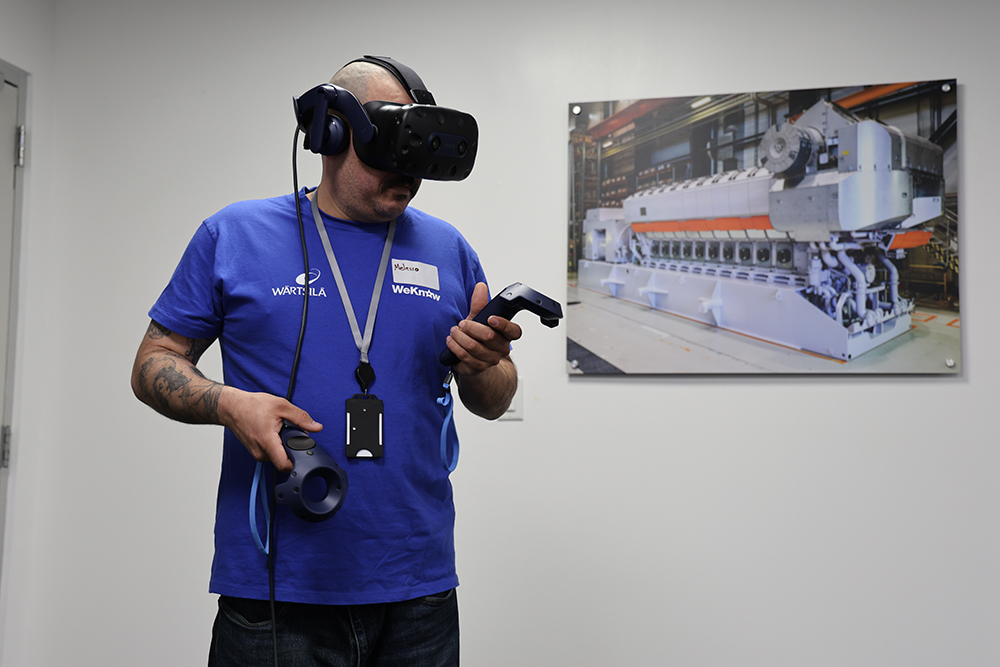
4. Make your training more sustainable
VR is a more sustainable way to train. There are no emissions from travelling to training and there is less need for physical equipment – making VR training better for the planet.
This picture shows four students and one instructor working in the same room, learning more about the Wärtsilä 31 dual-fuel engine and learning and practicing maintenance processes. The training took place in Jakarta, Indonesia – with no physical training hardware present. The participants were local to Jakarta and learned everything they needed on a virtual engine in VR, without needing a real engine on site.
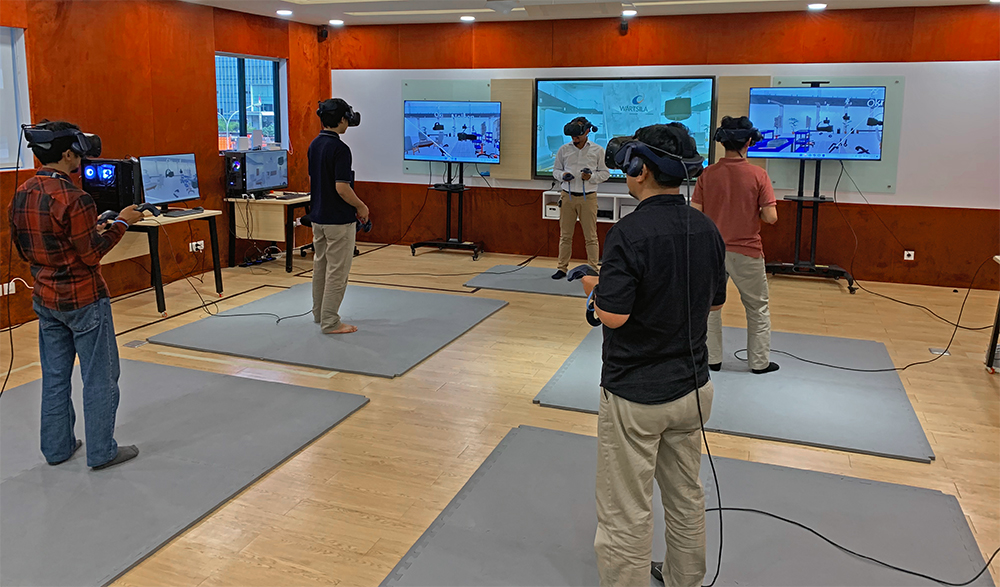
5. Bring the training to you
Forget complicated logistics – with VR training you can match training needs, equipment availability and instructor competences in one place. In the VR world you can bring everything you need together, without the hassle. This picture shows Matti on the left joining the virtual environment from Florida, USA, while the instructor and the rest of the training participants are in the Netherlands.

6. Train with a bigger group
When you have to fit people round a physical engine, you can only safely train a few people at once. With VR training you can have up to 10 people in the same training environment, discussing and solving problems together. Everyone has an equally good view of the instructor and can have the same hands-on time with the engine.
This picture shows participants working together in an online training scenario, with an experienced instructor explaining the main engine components one by one.
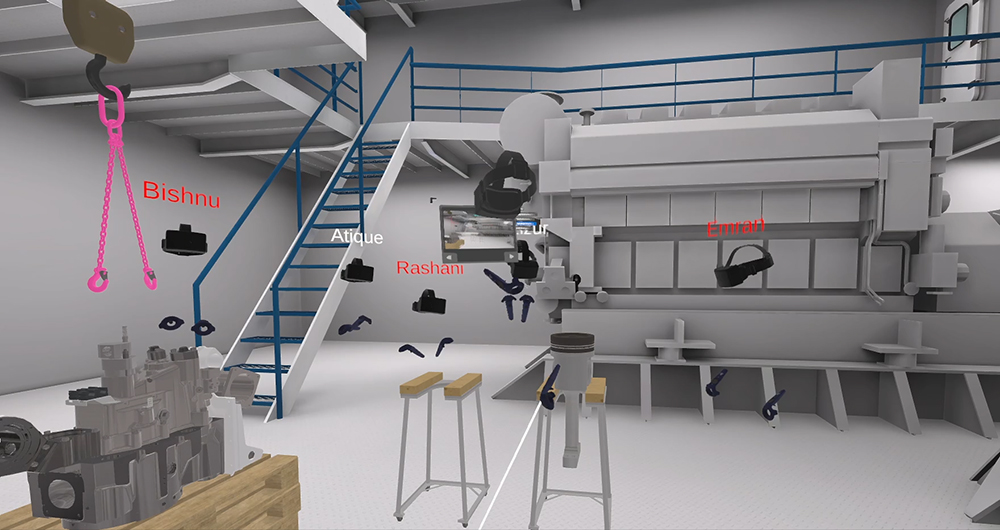
7. Focus on what you need to learn
When you’re working with a physical engine, you need to complete every step in the process you’re practising every time. In a VR training session you can focus your training on exactly what you need to learn. If you want to practice removing a cylinder head you can jump right there without having to take the engine apart first – and if you want to try again it takes seconds to reset.
This picture shows the training environment and a participant learning how to remove a cylinder head from the Wärtsilä 25 dual-fuel engine.
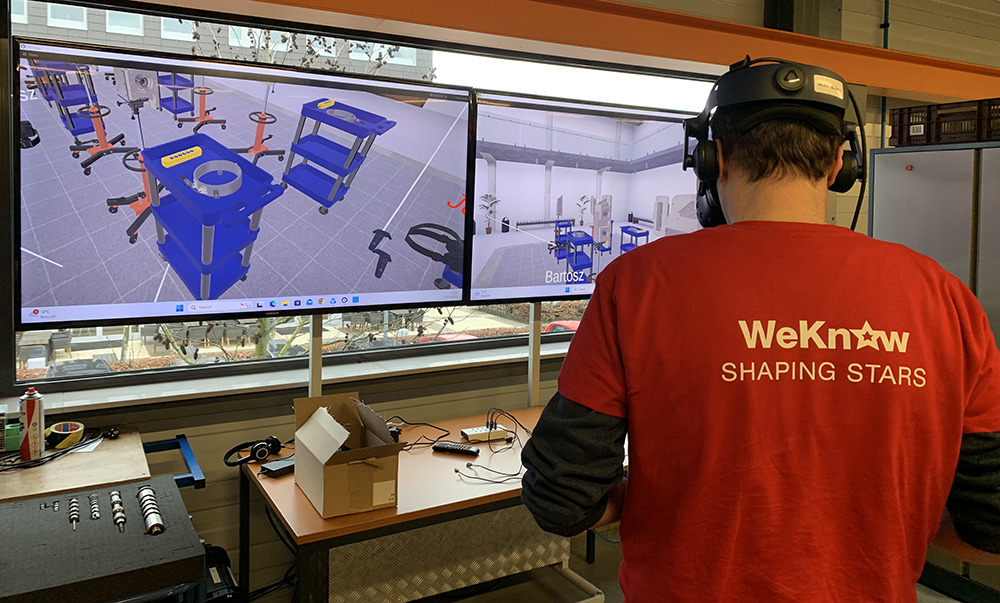
8. Take part in world-class training with an experienced instructor
With VR training, you don’t just put a headset on and train on your own. VR training is taught by experienced instructors and studies have shown it to be as effective – or even more effective – than classroom-based training.
For example, feedback on VR training at the Wärtsilä Land and Sea Academy (WLSA) has been consistently high – it’s not just an effective way to train, it’s a fun one too. This picture was taken during an internal training session, where, as you can see from their smiles, the green team were enjoying the immersive VR training experience.
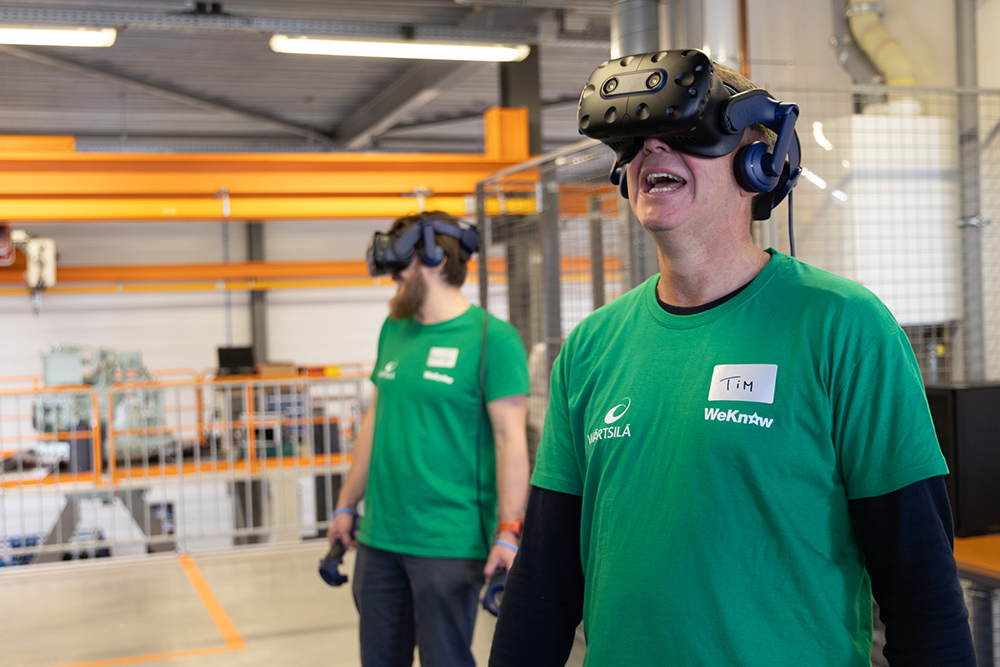
9. Learn in a faster and more effective way
The magic of VR training is that it lets you do more in less time. You can practice an overhaul from start to finish because you don’t need to unscrew every bolt. Participants can just focus on the parts they need to practice. A recent report from PwC found that VR training can be four times faster than classroom-based training.
Students can also move quickly past any parts of the task they are already familiar with and focus on parts that are more important or that they don’t yet know well enough. For example, perhaps it is important to learn the best way to remove a piston. In VR you can skip or move quickly through removing the engine cover, pipes, electrical system and cylinder head and jump directly to lifting the piston. And of course, when you’re done you don’t need to put everything back – just practice what you need and finish faster.
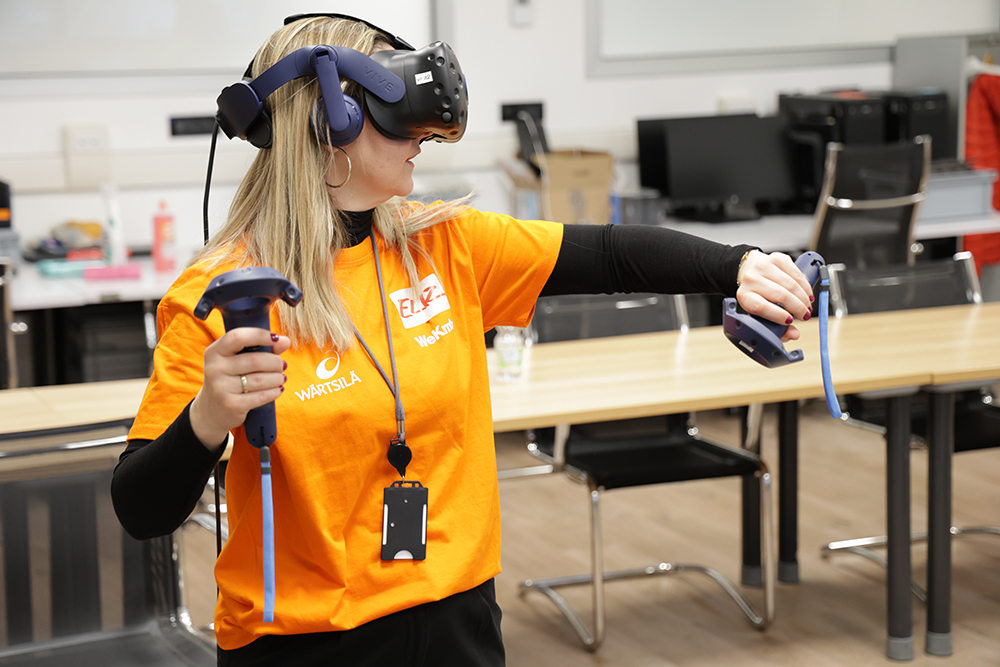
10. You can customise your training to your specific needs
VR training is highly customisable. The instructor can help meet your specific training needs within the VR environment by focusing on what your team need to know.
This picture shows a team removing a fuel gas system from a Wärtsilä 25 dual-fuel engine. They can learn how to perform every step of the process – they can also choose to focus on the specific parts that are relevant to them.
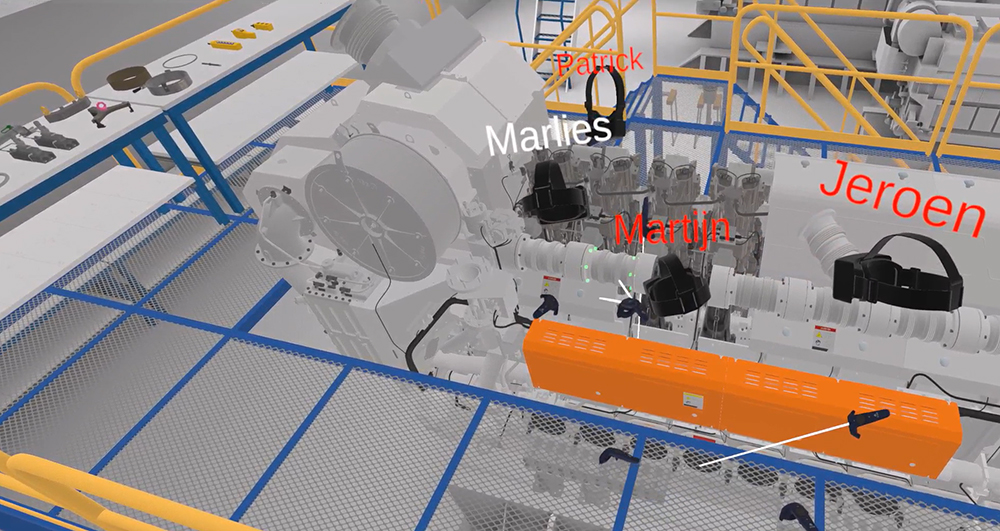
The results speak for themselves
Feedback from students participating in VR training at Wärtsilä has been really positive, with a net promoter score (NPS) of 85.5 – meaning more than 85% of participants would recommend VR training to others. Students have come from many different parts of the world and different areas of work, from field technicians to office personnel. Experience levels have also varied widely, with both newcomers and experienced Wärtsilä veterans benefiting from the magic of VR training.
Did you like this? Subscribe to Insights updates!
Once every six weeks, you will get the top picks – the latest and the greatest pieces – from this Insights channel by email.


